Saab’s big investment
When Saab launched production of the new 9-3 sedan in August 2002, the expectations were bold. Annual volumes were forecast at 70,000 units, backed by an investment of SEK 4.5 billion (€490 million) into the Trollhättan assembly plant. It was the company’s single largest production investment ever, with new stamping lines, an expanded body shop, and assembly flexibility to run multiple models on the same line.
Process improvements lifted productivity by as much as 30%, and Saab aimed to raise global sales from 126,000 cars in 2001 to 200,000 annually.
Behind this effort stood a network of renowned OEM suppliers — Bosch, Valeo, ZF Sachs, Hella, Autoliv, Lear, Magneti Marelli — all delivering the components that defined Saab’s balance of safety, performance, and durability.
The OEM backbone
The Saab 9-3 shared much of its DNA with the Opel Vectra C and Fiat Croma, which means that many Saab parts were not unique but rather part of a global GM supplychain.
- Bosch: sensors, instrument cluster, engine electronics
- Hella: headlights, lighting modules
- ZF Sachs: shock absorbers, suspension elements
- Autoliv: airbags and restraint systems
- Valeo: engine cooling modules
- Delphi: Bluetooth and electrical modules
- Magneti Marelli: exhaust systems
- Lear / Faurecia: seat structures
This OEM chain provided Saab with consistency and reliability, but it also created a situation where parts could be cross-referenced with Opel and Fiat models — giving today’s owners a wide pool of replacement options.
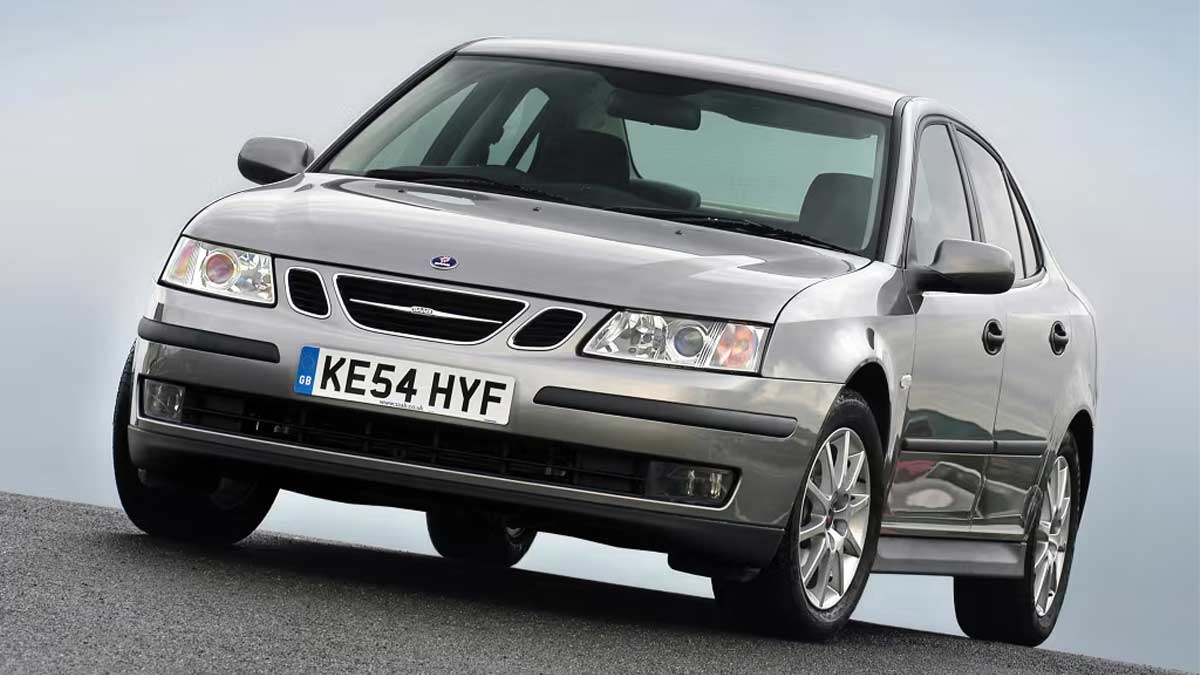
Cross-compatibility with Opel and Fiat
One of the best examples is the lower control arm:
- Saab part no.: 12796013
- Opel part no.: 0352052
- Fiat part no.: 51748652
This same part was installed in Saab 9-3, Opel Vectra C, and Fiat Croma. Today, more than 30 manufacturers produce it, from Lemförder to Teknorot, offering owners a huge range of choices in quality and price.
Today’s aftermarket landscape
For the same control arm, owners can choose:
- Lemförder 30612 01 — closest to factory OEM
- TRW JTC1000 — premium suspension supplier
- Febi Bilstein 23002 — reliable German brand
- Delphi TC2076 — former Saab OE supplier
- Monroe L24537 — known for suspension products
- Moog OP-TC-1956P — strong US aftermarket presence
- FAG 821 0294 10 — premium bearings and suspension
- Teknorot — Turkish brand rapidly gaining credibility (Saab catalog)
Sensors and electronics: not Saab-exclusive
Saab owners are often surprised that many “Saab parts” were also fitted to other brands:
- MAP sensor (TTiD engines) — also used in Fiat 500L, Suzuki SX4, and even Fendt tractors.
- EGR valve (1.9 TiD/TTiD) — common GM/Fiat diesel part, used across Opel, Alfa Romeo, and Fiat ranges.
This universality means sourcing parts is rarely a problem, but the challenge is knowing whether to go for OEM suppliers or aftermarket alternatives.

OEM vs Aftermarket: how to decide
- OEM / OE Supplier (Bosch, Lemförder, Sachs, Hella, Autoliv)
These are the best choice for critical systems like suspension, brakes, airbags, and lighting.
- Mid-tier aftermarket (Febi, Monroe, Moog, Delphi)
Ideal for daily drivers; solid performance at lower prices.
- Budget brands
Short lifespan and inconsistent quality — use only as temporary fixes.
The golden rule: if it affects safety, stick to OEM suppliers. For less critical parts (trim, minor sensors, cabin items), aftermarket can be a smart, economical choice.
Extended OEM vs aftermarket parts table
For a detailed look at all the original Saab 9-3 suppliers, click on the image to open the full-size version on Flickr (click on image):
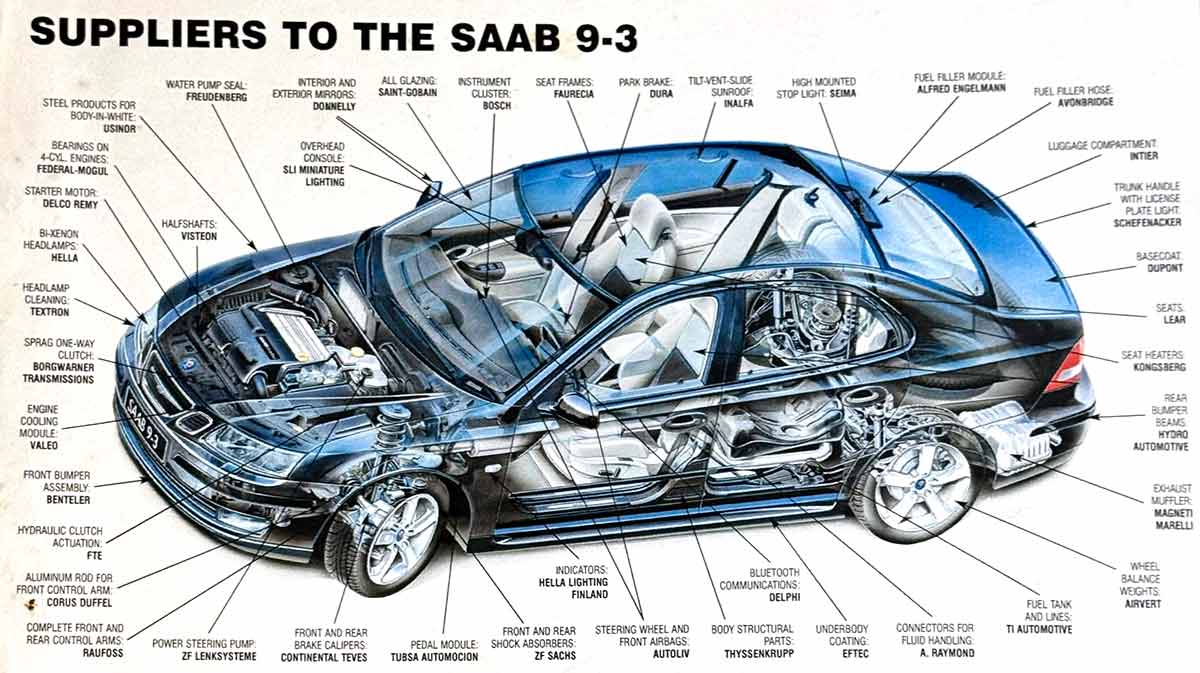
| Component | Saab OE no. | Opel/Fiat ref. | OEM Supplier | Common aftermarket alternatives |
| Lower control arm | 12796013 | 0352052 / 51748652 | Lemförder | TRW, Febi, Delphi, Monroe, Moog, FAG, Teknorot |
| Front shock absorbers | — | — | ZF Sachs | Monroe, KYB, Bilstein, Koni |
| Rear shock absorbers | — | — | ZF Sachs | Monroe, KYB, Bilstein, TRW |
| MAP sensor (TTiD) | — | — | Bosch | Pierburg, Meat&Doria, ERA |
| EGR valve (1.9 TiD/TTiD) | — | — | Pierburg | Valeo, Wahler, Topran |
| Brake calipers (front/rear) | — | — | Continental Teves | TRW, ATE, Bosch |
| Brake discs & pads | — | — | ATE / Brembo | Zimmermann, TRW, EBC |
| Clutch master/slave cylinder | — | — | FTE | Sachs, Luk, Valeo |
| Fuel pump module | — | — | Bosch / Delphi | Pierburg, VDO |
| Alternator | — | — | Delco Remy | Bosch, Valeo |
| Starter motor | — | — | Delco Remy | Bosch, Mahle |
| Exhaust muffler | — | — | Magneti Marelli | Bosal, Walker |
| Rear axle bushings | — | — | Lemförder | Febi, Meyle, Teknorot |
| Wheel bearings | — | — | SKF / FAG | Timken, Febi, NTN |
| Headlights (Xenon/Halogen) | — | — | Hella | Magneti Marelli, Depo, TYC |
| High-mounted stop lamp | — | — | Sema | ULO, aftermarket LED solutions |
Not a Parts Orphan: Why Saab 9-3 Owners Can Still Source What They Need
The Saab 9‑3 is not a parts orphan. Thanks to its GM Epsilon platform and shared development with Opel and Fiat, the vast majority of its components remain widely available.
Key to this accessibility:
- Knowing who the original suppliers were — Bosch, Sachs, Hella, Lemförder, Autoliv, Delphi, Magneti Marelli, Valeo, and others.
- Recognizing which aftermarket brands deliver true OE-level quality.
With this insight, Saab 9‑3 owners can confidently keep their cars on the road by choosing wisely—balancing OEM-level reliability with cost-effective aftermarket alternatives.

At a Glance: Total Production of Saab 9-3
Understanding how many Saab 9‑3 units were built underscores the relevance of parts availability today:
- First-generation (1998–2003): approximately 326,370 units were produced globally
- Second-generation (2003–2014): total production is estimated between 577,000 and 608,878 units
Collectively, nearly a million Saab 9-3 cars rolled off the production lines – highlighting why parts remain in circulation and why both OEM and aftermarket supply channels are still robust.

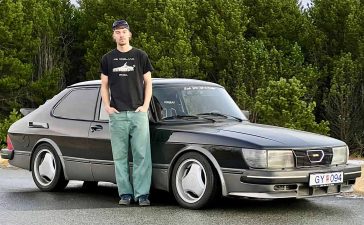

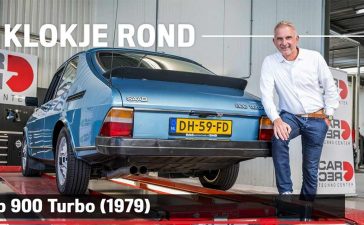
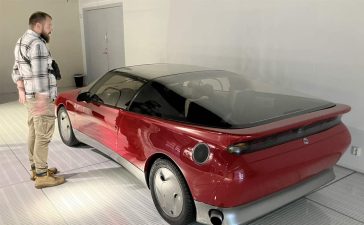



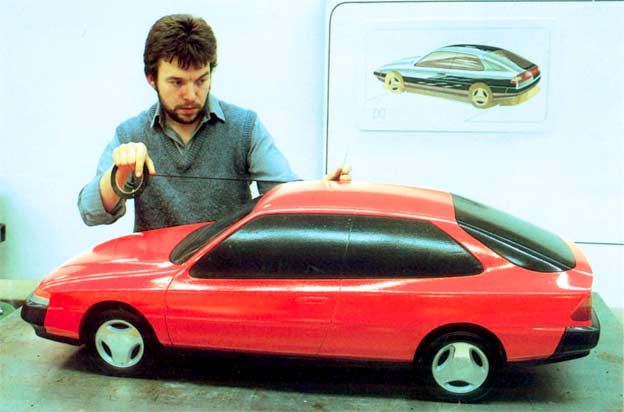


It’s just a shame no one else makes the coils for the ignition.
NGK&Bosch do.
Brilliant article.
But some of the parts are unfortunately unavailable.
Air outlet duct (part number 12765309) is one of those.
I removed the part from my wife’s NG9-3CV and it blew apart. Luckily YouTube vlogger Weakest of Week had a video where he puts it back together.
I’m already looking for that part, but it doesn’t seem to be available or it’s outrageously expensive.
You mean this?
https://www.ebay.com/itm/195360144109
Tomi Toikka Tips: when looking for parts, search the part number with OEM in front on Google
I.e.: OEM 12765309.
Or just take the old parts to a place where they do 3d printing, and they can print the parts.
To Øyvin Hanssen that’s what I did.
I ended putting it back together with these instructions:
https://youtu.be/mQQA6pxyDGU